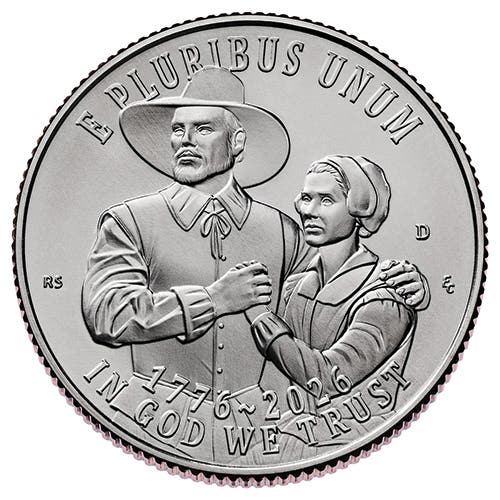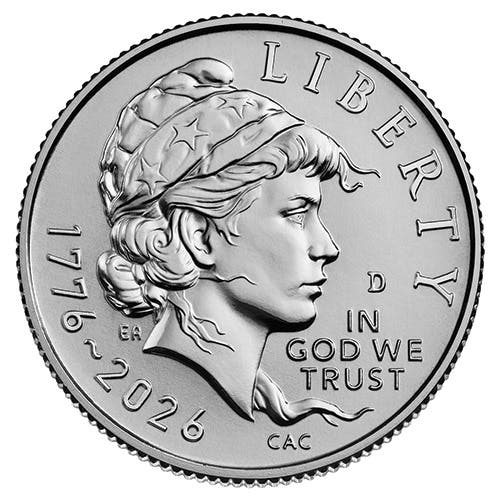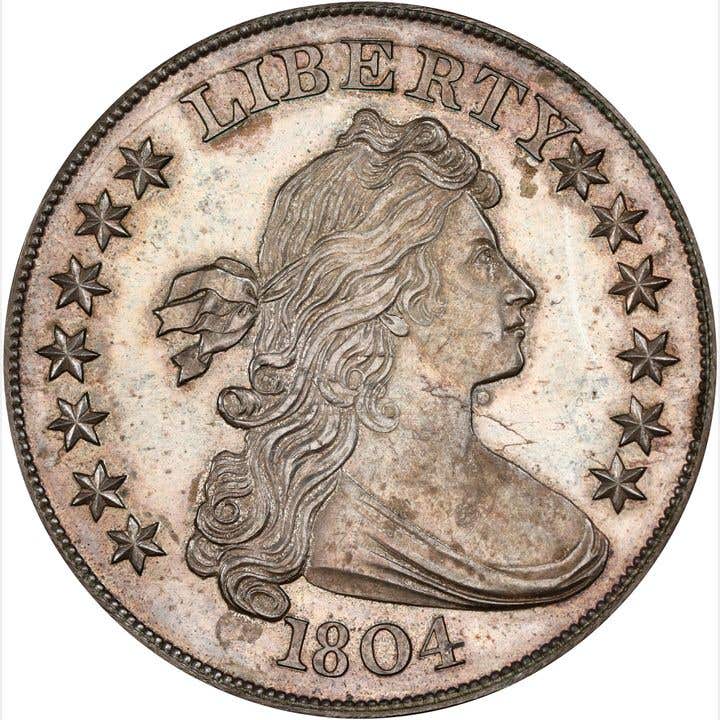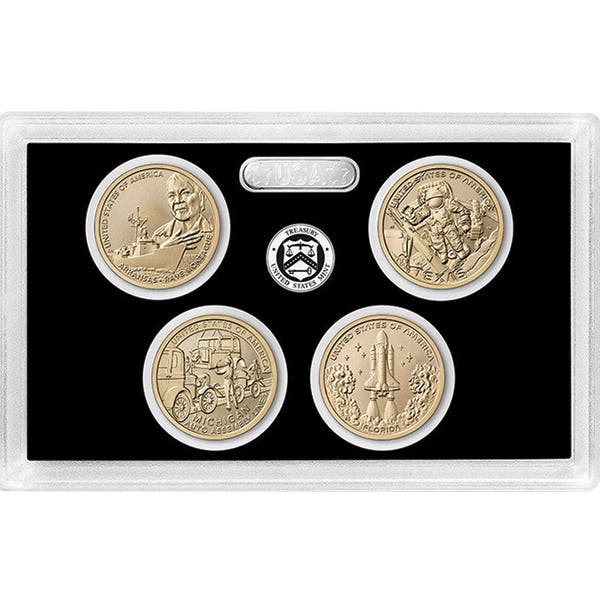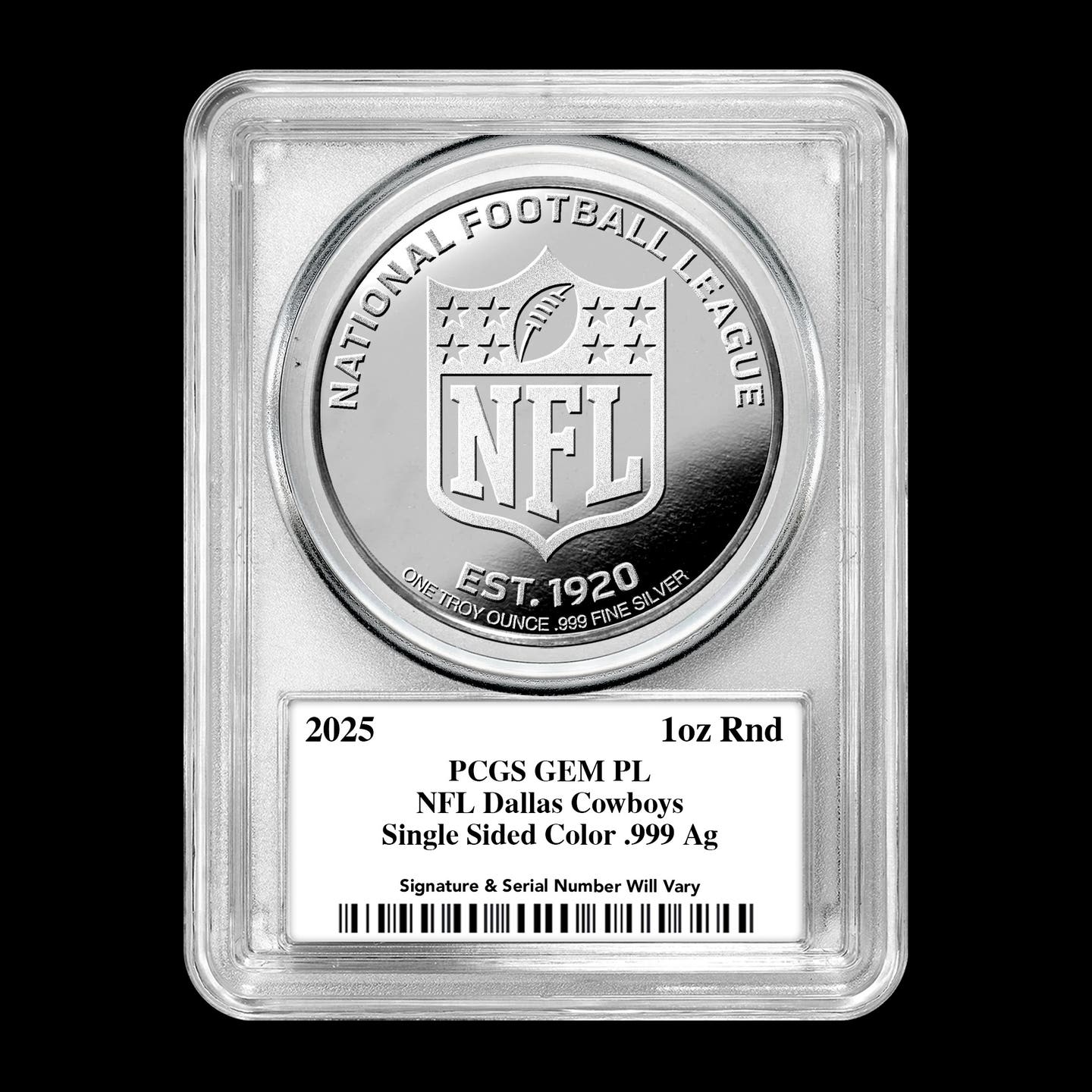The Sacagawea dollar is a coin that just won?t quit. Despite the odds, it is like the Energizer Bunny. It just keeps going and going. Or does it?
The news this week is that the Mint has determined that it does not have the legal authority to strike 2008 Sacs. That would be pretty serious, but the Mint is also expecting that a technical amendment can be passed by Congress to overcome this difficulty.
How long the process will take is anybody?s guess. Until the coin can be struck, the annual proof sets and uncirculated coin sets are on hold. This is not a problem this early in the year, but as time goes by, it becomes more and more problematic.
The Sacagawea dollar probably will not miss a year, but if it did, it would join the ranks of typical dollar coins. Skipping years is what they are all about.
The Susan B. Anthony dollar was the immediate predecessor to the Sacagawea coin. It was struck for three years, 1979-1981. Then there was a 17-year gap. The final year was 1999.
The Dwight D. Eisenhower dollar didn?t really have a gap in its production 1971-1978, but it looks that way because there is no 1975-dated coin. The reason was the decision to spend 18 months striking the dual-dated 1776-1976 version for the nation?s Bicentennial.
Prior to the Ike series, the Peace dollar was produced. From 1921-1928, the coins came off the presses until there were enough to replace the silver dollars melted under terms of the 1918 Pittman Act during World War I. Once the coins were replaced, Silver Certificates could be issued in adequate numbers with the coins as backing and no more were needed. There the story might have ended except in 1934 and 1935 when the Franklin D. Roosevelt administration was using every means possible to get money into circulation, a few more Peace dollars were struck, so the production gap was five years.
The Morgan series was interrupted in 1904 only to resume in 1921, after a gap of 16 years. Prior to the Morgan dollar series, gaps in production usually were ended with a new design. The Bust design came to an end in 1804 with the classic rarity of that date struck in 1834 for diplomatic gifts. The Gobrecht dollar appeared 1836-1839, but the real resumption of dollar mintage occurred with the Seated Liberty series in 1840. It ran until 1873. The Morgans appeared after a four-year gap, though the Trade dollar of 1873-1885 should be mentioned. Most Trade dollar years were struck solely for collectors, a statement that is equally true for Sacagawea dollars.
Instead of ending the Sac series after sufficient supplies existed in 2001, the Mint sells them basically to collectors.
That?s where we find ourselves today. Will collectors get to buy a 2008 Sacagawea dollar? Probably. If 2008 becomes a gap year, then that likely makes the 2009 reappearance of the coin with a Native American commemorative reverse all the more captivating to collectors.
Production gap or no, you can?t get much more typical of American dollar coins than the Sacagawea.
For more of Dave's insight, visit his blog, Buzz.




